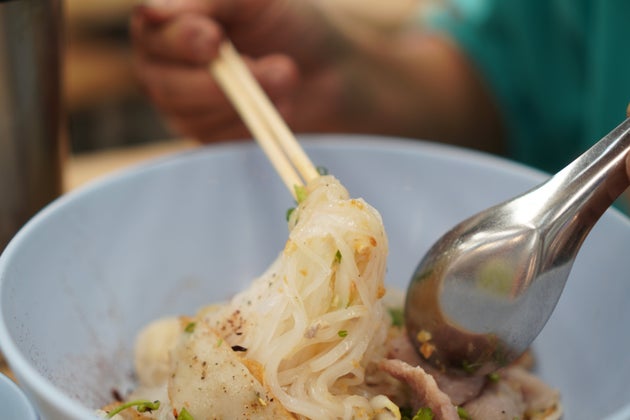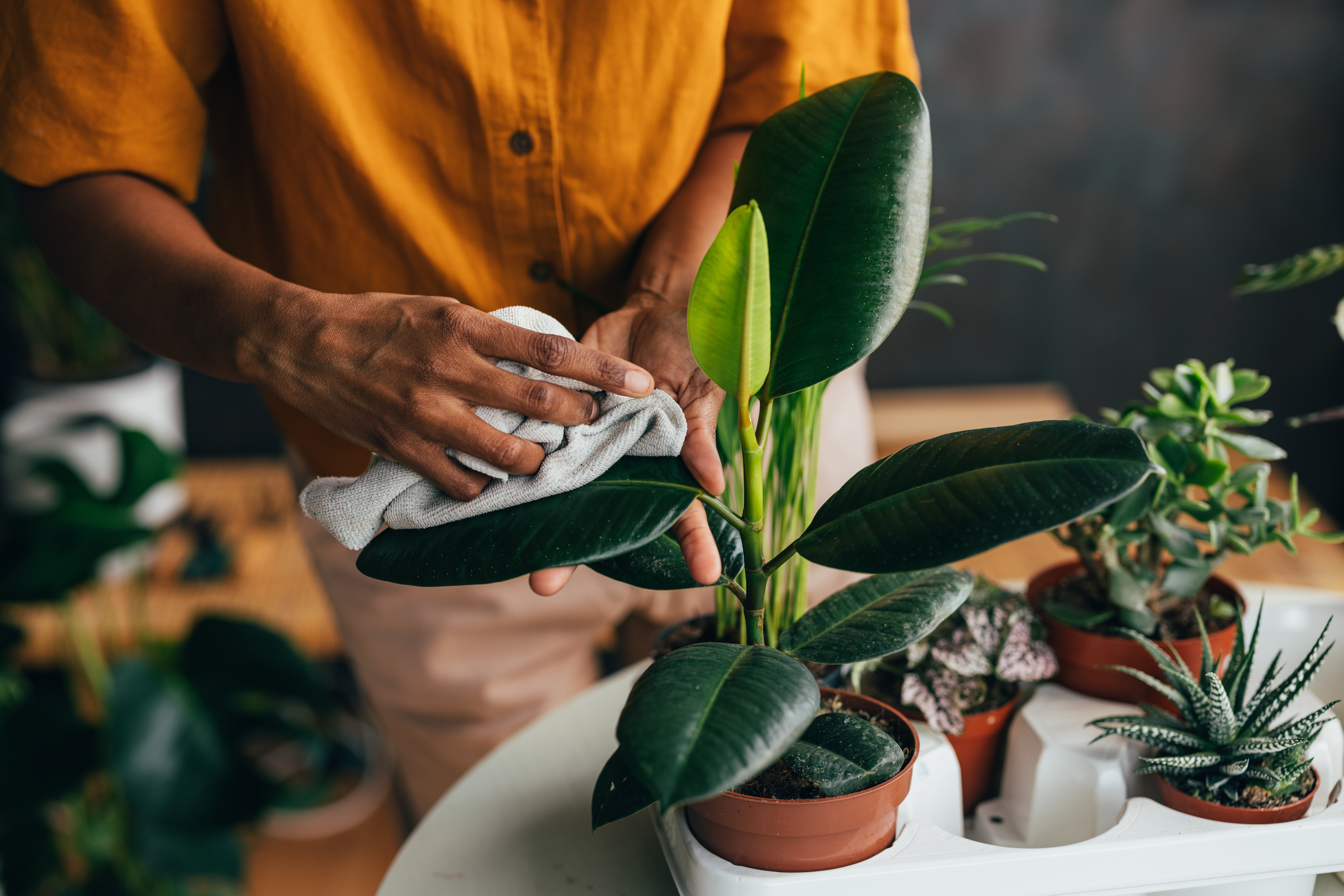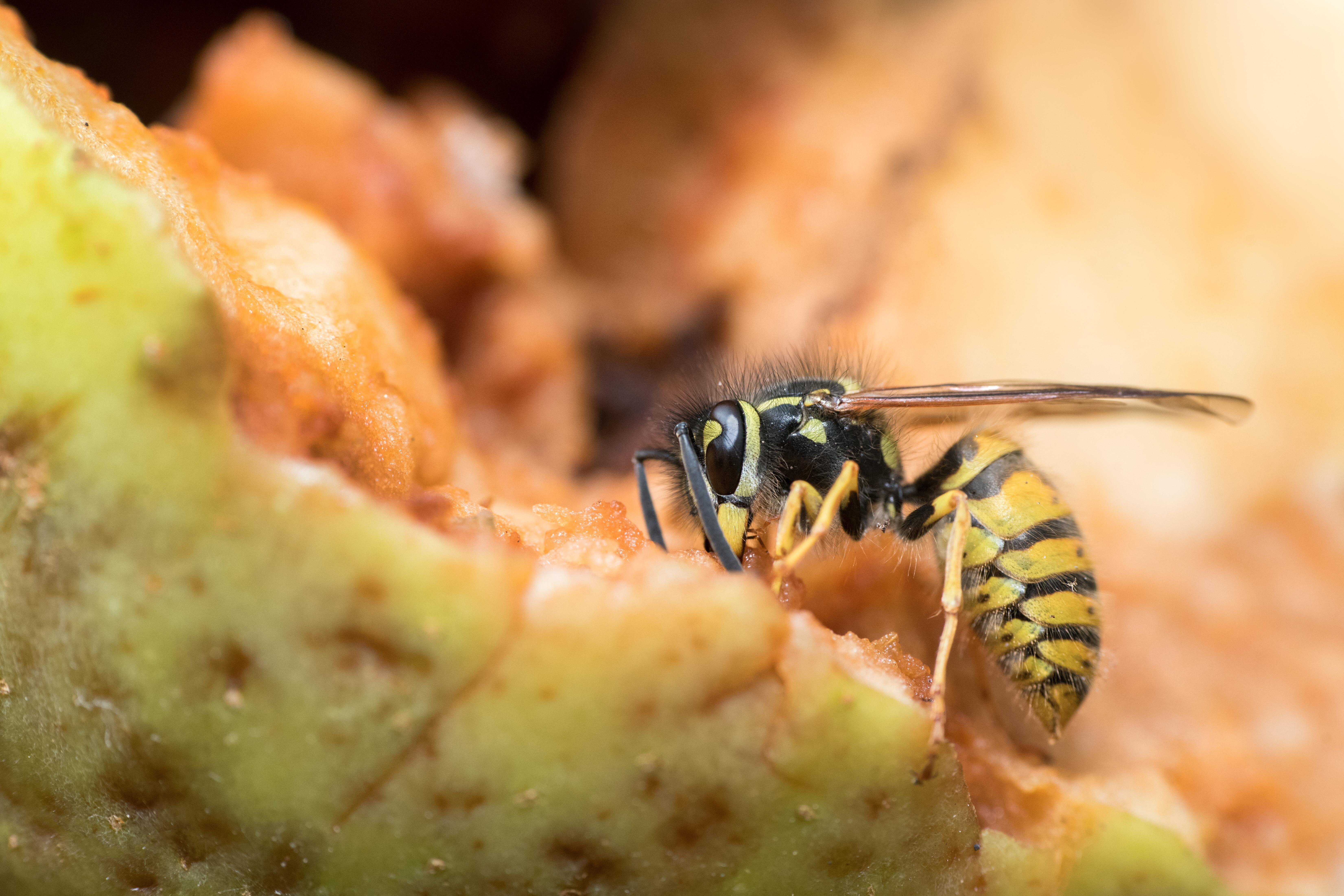It’s not something I thought I’d ever confess online, but here goes: I’m a serial killer (of plants, that is).
I like to think that I’m a securely-attached person who is attuned to the needs of others. But somehow, when it comes to plants, I manage to miss all the nonverbal cues they express.
If, like me, you struggle to correctly water your wisteria or cherish your chrysanthemums, you’re not alone. Over 50% of us have killed over five houseplants by accident (oops), with overwatering being the most common method of unintentional herbicide.
Thankfully, it seems that one anti-waterlogging hack ― aerating the soil of your houseplant ― is incredibly easy to do, requiring only biweekly attention and using just a pair of chopsticks. Here’s how it works, and how to do it:
Aeration occurs naturally in soil, but your houseplant isn’t in regular soil
Even if you buy the priciest, most-hyped soil around for your indoor plant, you’re missing one vital ingredient of natural soil: creepy crawlies.
As Darryl Cheng, author of The New Plant Parent, told The Spruce: “In the wild, worms and insects are constantly shifting and breaking up clumps of soil around plants. Indoors, these critters are absent (usually, we hope) so houseplant soil tends to be rather stale except when we water it.”
So, to create looser, more absorbent soil, it helps to aerate it ourselves. “By loosening the soil gently with a chopstick [or wooden dowel], you’ll break up the dry clumps of soil that naturally develop as the roots repeatedly absorb moisture, which mimics the action of worms and insects burrowing in the soil,” Cheng shared with The Spruce.
How exactly do I do that?
Apparently, you can’t just plunge the chopsticks into the soil at full force and remove it, Excalibur-style (aww). “It’s possible to break a few roots here and there, but dry clumps of soil also hurt roots by isolating them from moisture and oxygen, suffocating them until they die off,” Cheng said ― so be gentle with your soil loosening.
Simply dip the chopstick about halfway down the pot across multiple sections of the soil, and you’re done. As an added bonus, you’ll be able to see how dry your soil is deeper down in the ground. Sort of like checking a cake, if the crumbs of soil cling to your chopstick, it means it’s likely still moist enough and won’t need water. Removing a clean chopstick can suggest your soil is too dry.
As for how often to aerate your soil, it really depends on the type of plant, Chen says. If your plant isn’t absorbing water well, and if the soil appears dry and clumpy, it might just be a matter of jabbing its home with a chopstick (it’s kinder than murder, OK?).
Here’s a TikTok on the topic:
@purivedplantfood Houseplant owners often use chopsticks to aerate their soil because it can help to loosen compacted soil and improve water and nutrient distribution to the roots of the plant. When soil becomes too compacted, it can prevent air and water from reaching the roots, which can lead to problems such as root rot or stunted growth. By gently poking holes in the soil with a chopstick, you can create pockets of air that allow for better oxygen flow to the roots, and also improve drainage by allowing excess water to drain away more easily. This can also help to prevent soil compaction in the future, as it encourages roots to spread out and grow more evenly throughout the soil. Additionally, aerating the soil with chopsticks can also be a way to loosen up any surface crust that may have formed on the soil, which can prevent water from penetrating the soil and reaching the roots. Overall, using chopsticks to aerate the soil can be a simple and effective way to promote healthy growth in houseplants, especially for those that are planted in heavy, compacted soil or have been in their pots for a while. #protip#houseplants#naturelover#plantparent#plantlover#planthealth#plantcaretips#indoorplants#rootrot#plantsoil#chopstickhack






